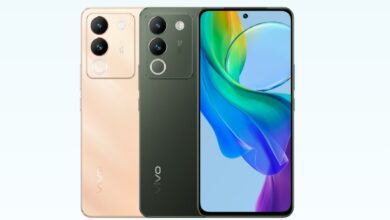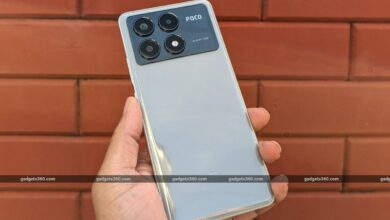Redmi Note 11S review: Is it good value for money?
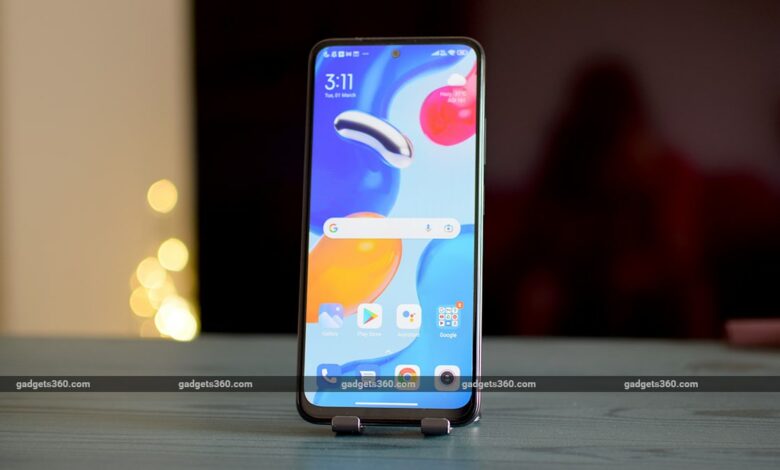

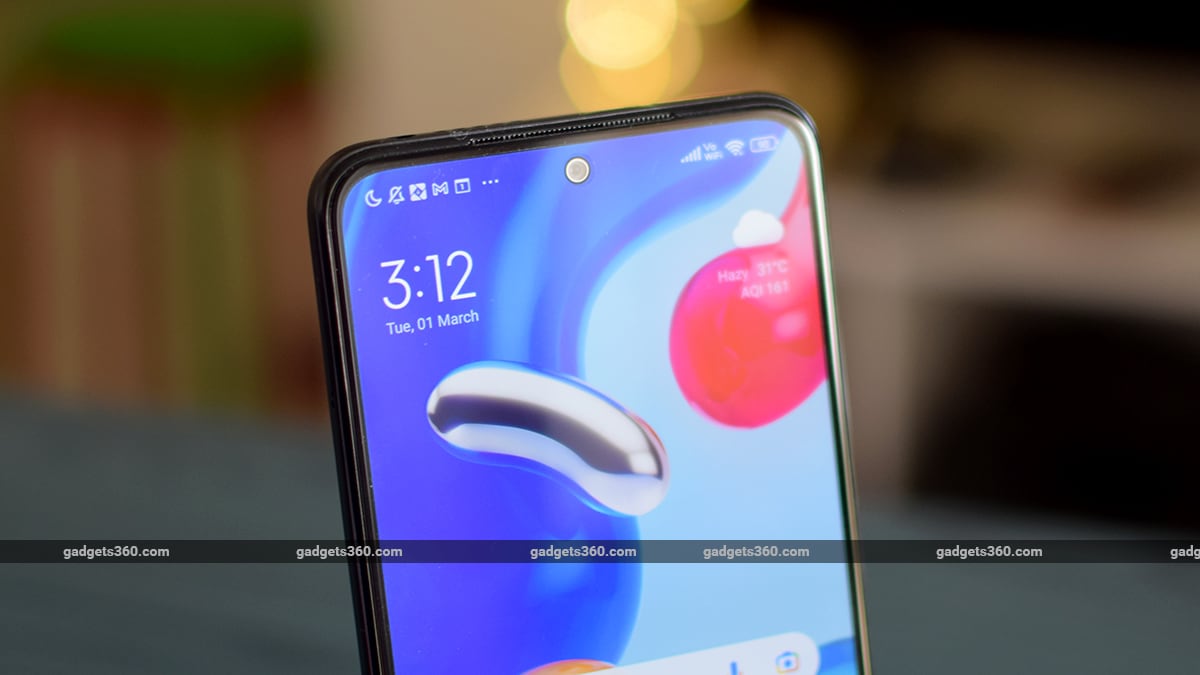
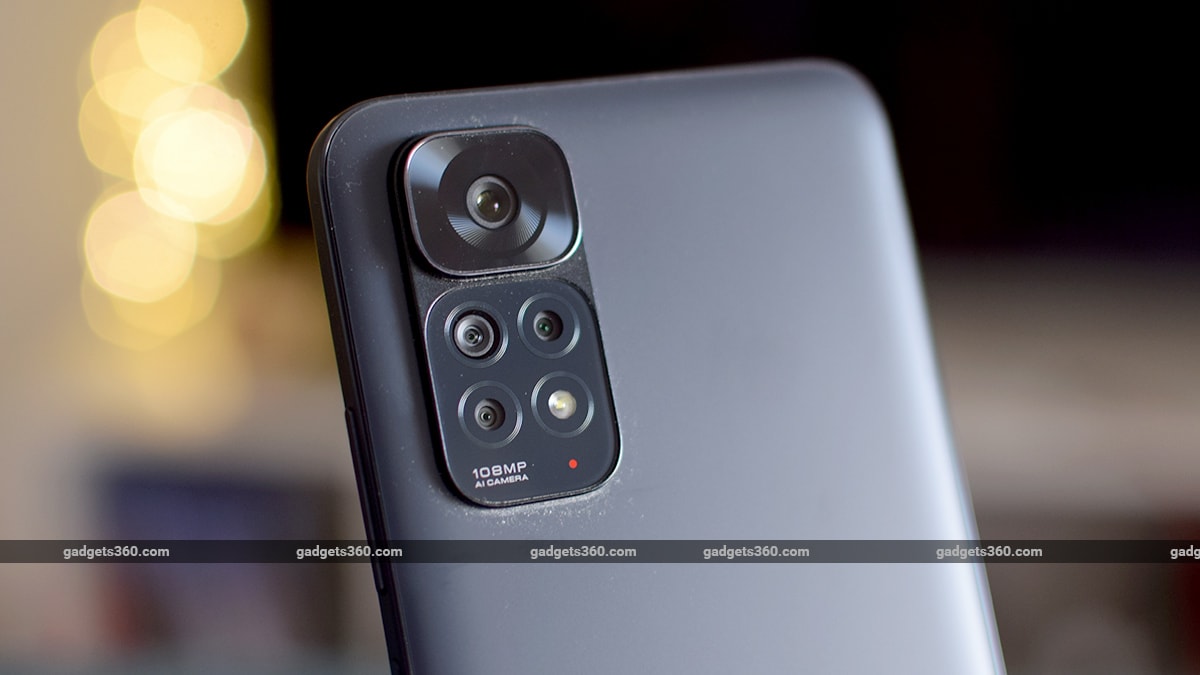
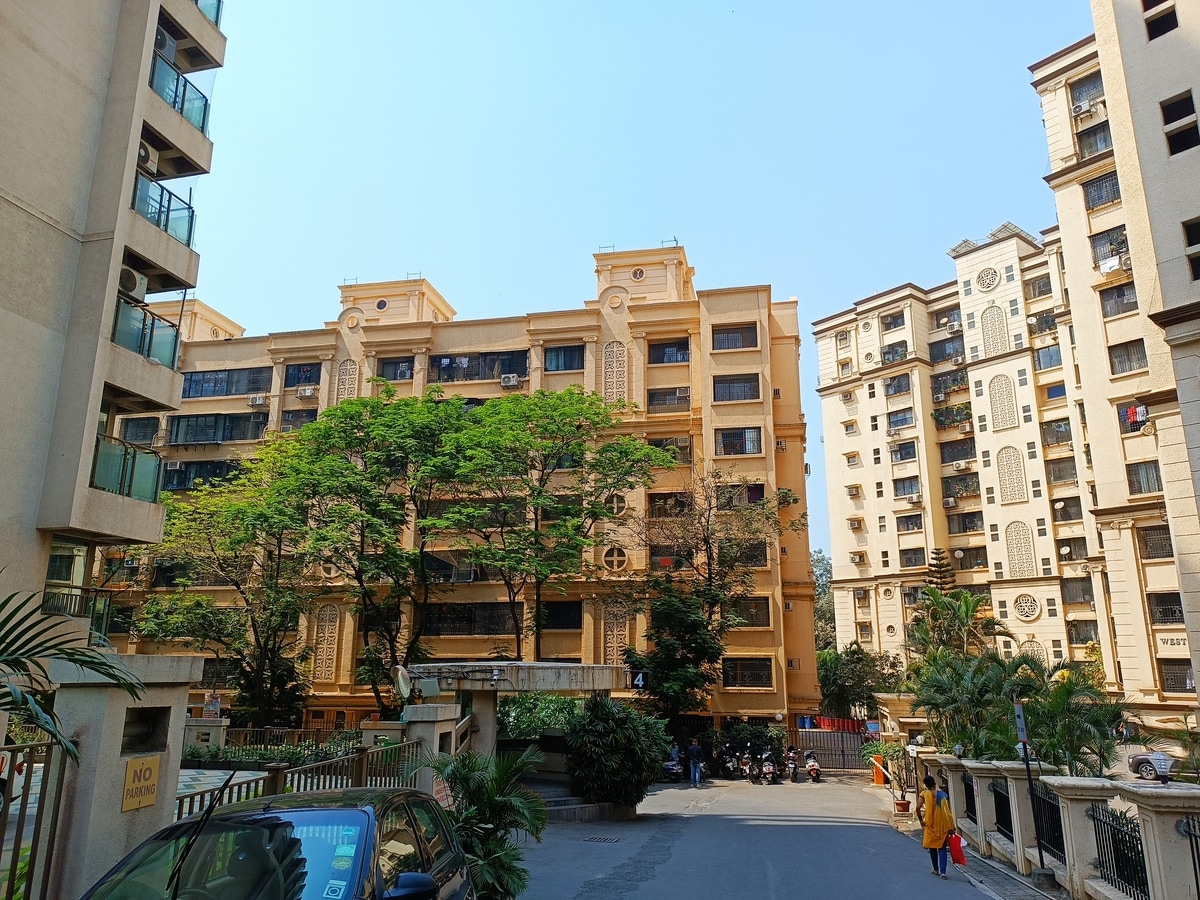
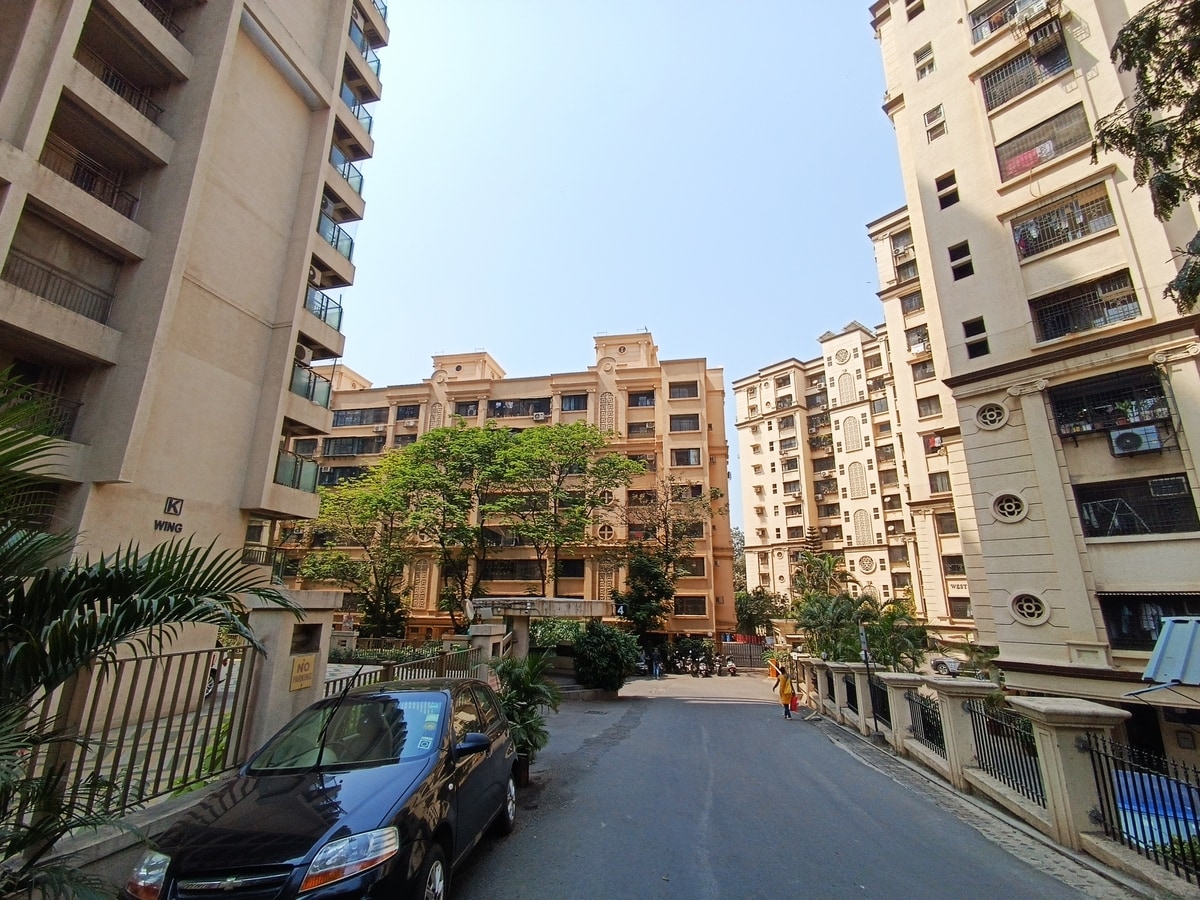
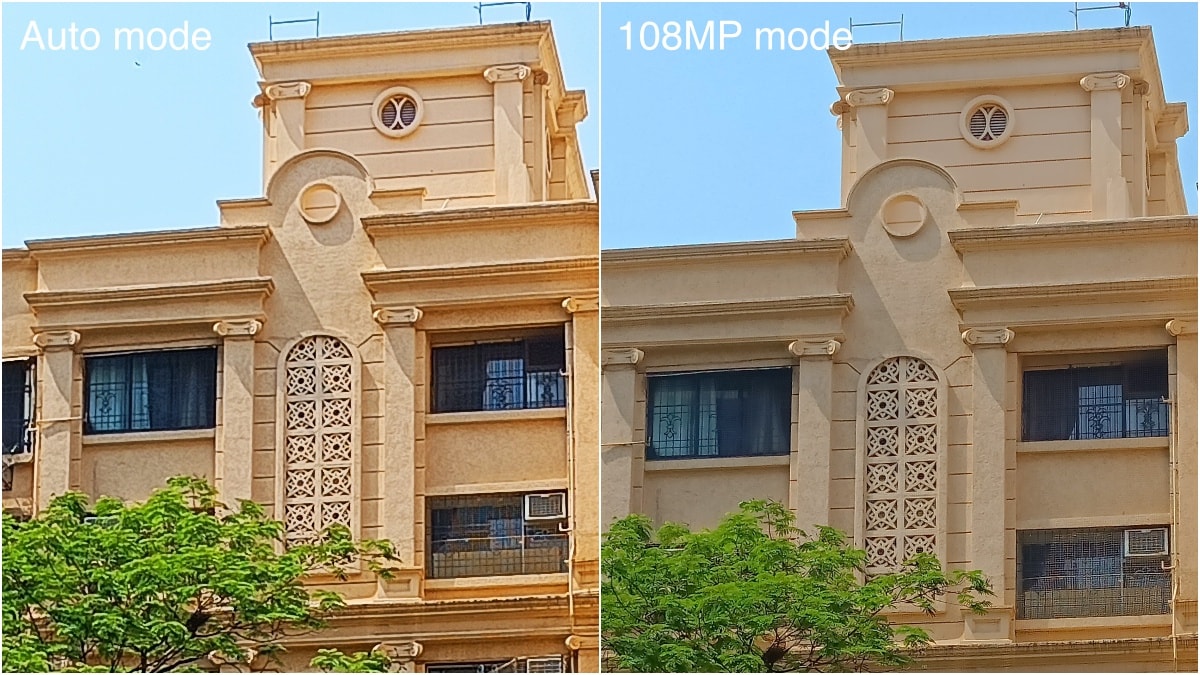
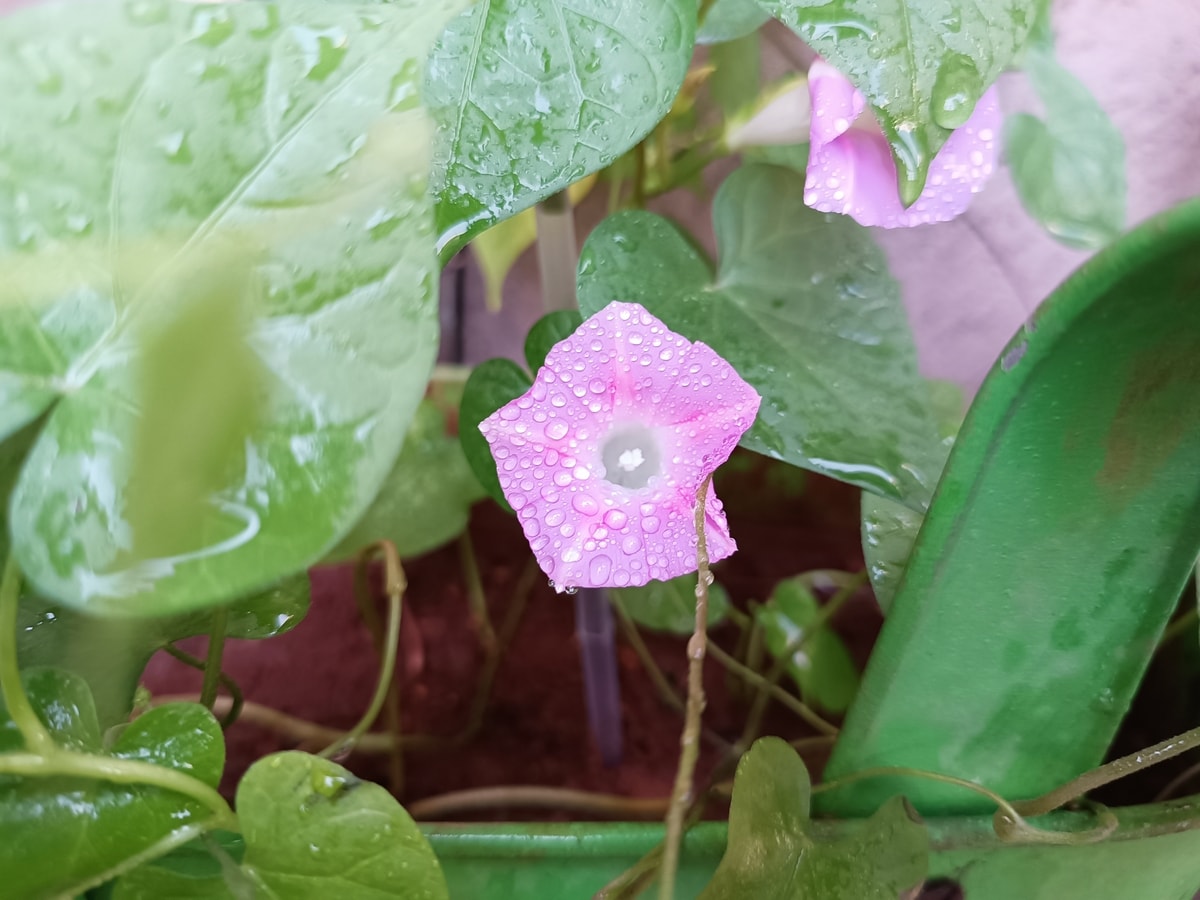

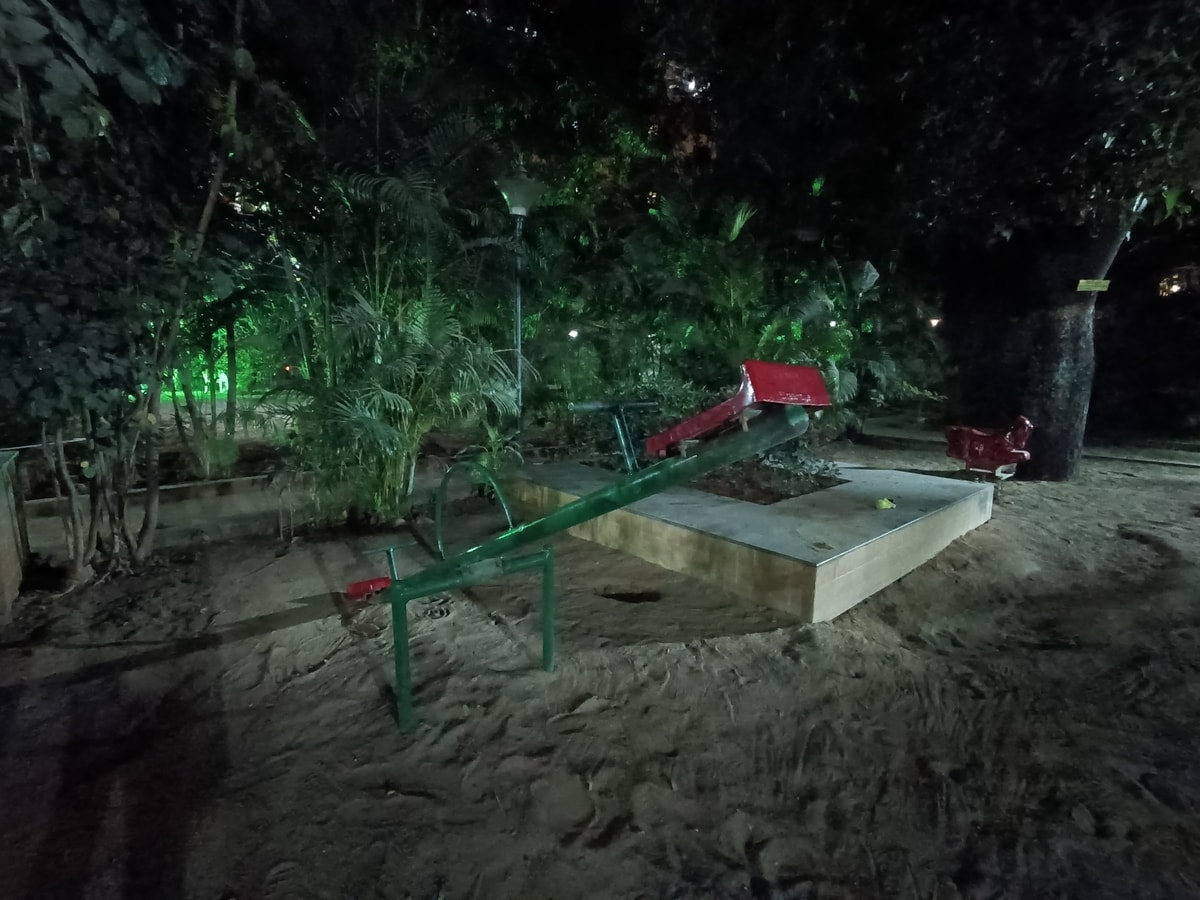
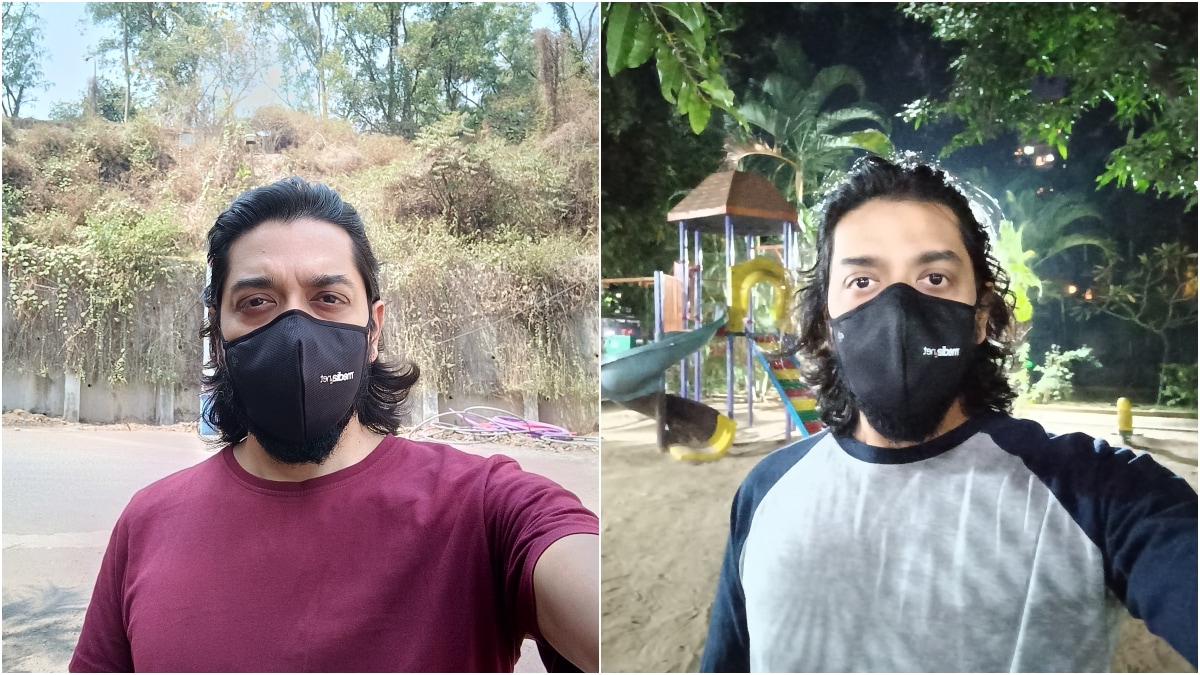
Xiaomi is back to what it does best: flooding the mainstream smartphone market with loads of options, so no matter your budget, there’s a Redmi phone for you. We’ve seen plenty of other companies adopt this strategy too, and while it does create a confusing mess, it also means there’s a lot of choice.
Take the new Redmi Note 11S for example. This is a 4G-only smartphone, which is a bit odd to begin with considering the Redmi Note 11T 5G (Review) that released earlier supports 5G. The main attraction here is that 108-megapixel camera on the back. This is the same sensor that was used on last year’s Redmi Note 10 Pro Max, but Xiaomi is now offering it with a cheaper starting price. But with the Redmi Note 11 Pro series just around the corner, where does the Redmi Note 11S really fit in, and should you even be considering it?
Redmi Note 11S price and variants
Let’s start with the different configurations on offer. The Redmi Note 11S comes in three variants, starting at Rs. 16,499 for 6GB of RAM and 64GB of storage; Rs. 17,499 for the same amount of RAM but 128GB of storage; and finally Rs. 18,499 for 8GB of RAM and 128GB of storage.
Redmi Note 11S Design
The Redmi Note 11S’s design is a bit too bland for my taste. The blue and arctic white finishes look marginally better in photos, but the black unit I have is just plain boring. The plastic frame and back panel are well-built, and the phone feels nice to hold. It’s also not too heavy or thick at 179g. The main camera protrudes further than the rest of the camera module, making the Redmi Note 11S unstable if you try to use it on a flat surface.
Xiaomi has opted for a 6.43-inch AMOLED display with a fairly high peak brightness of up to 1000 nits. The rest of the specs, however, are nothing to write home about. It has a peak refresh rate of 90Hz, a base touch sampling rate of 180Hz, and Corning Gorilla Glass 3 for scratch protection. The Full HD+ resolution ensures sharp visuals and colors are generally punchy. You’ll need to manually enable the 90Hz refresh rate on the Note 11S as it’s set to 60Hz by default.
![]()
The Redmi Note 11S has a plastic body which has helped keep the weight down
Photo credit: Roydon Cerejo
The Redmi Note 11S supports dual Nano SIM cards and a microSD card, all in the same tray. The dedicated storage expansion slot comes in handy, as the Redmi Note 11S comes with up to 128GB of inbuilt storage. The phone also has dual speakers, a Type-C port, an IR emitter, and a headphone jack. It even has an IP53-rating for water and dust resistance, which is not common at this price point. Included in the box is a 33W fast charging adapter, USB Type-C cable, SIM eject tool, and a case.
Redmi Note 11S Specifications and Software
Powering this phone is the MediaTek Helio G96 SoC, which is decently powerful but not the most efficient since it’s built on an older 12nm manufacturing process. The Redmi Note 11S supports dual-band Wi-Fi ac, Bluetooth 5, and all the basic satellite navigation systems. It also packs a 5,000mAh battery, which should at least be enough to last a full day on a single charge.
The Redmi Note 11S runs MIUI 13, but this version is still based on Android 11 and not 12. It’s a familiar experience if you’ve used a recent Xiaomi smartphone. All the usual theming options, shortcuts and gestures are there, along with a bunch of pre-installed apps. All the third-party apps can be uninstalled, though some first-party apps, like Mi Pay, cannot.
Redmi Note 11S performance and battery life
The Redmi Note 11S offers enough power to handle basic apps and games with ease. Certain apps in MIUI 13, like GetApps, can be spammy. There’s a capacitive fingerprint sensor integrated into the power button, which I found to work well. Thanks to the AMOLED panel, you do benefit from a sort of always-on display feature. It could be nicer, but it only stays active for 10 seconds at a time – so it’s not really ‘always on’.
![]()
The Redmi Note 11S has a beautiful display that delivers sharp images with a high refresh rate
Photo credit: Roydon Cerejo
Videos looked fine on the phone’s display, but the stereo sound was unbalanced, with the bottom speaker sounding much brighter than the earbuds. Games ran well enough, but some heavy games ran with limited graphics options on this phone. Call of Duty: Mobile, for example, wouldn’t even show the ‘High’ graphics option, and I couldn’t use most of the advanced quality toggles. Gameplay was still smooth, but it just didn’t look as good as it should.
Xiaomi says it’s used a liquid cooling system to keep the phone cool even under stress, but after a 30-minute session of Call of Duty the back and frame still got quite warm. The Redmi Note 11S performed predictably in tests and in real-world usage given its specs – benchmark scores were slightly lower than what the Redmi Note 11T 5G managed with its MediaTek Dimensity 810 SoC. The Note 11S scored 3,10,732 points in AnTuTu and ran at 51 fps on GFXBench’s T-Rex test.
Battery life, thankfully, was pretty good. The 5,000mAh battery easily provided a full day of runtime, even with heavy usage. With lighter workloads, you can expect to go longer between charges. There’s 33W fast charging, which helps juice up the battery pretty quickly.
Redmi Note 11S Cameras
The 108-megapixel main camera on the Redmi Note 11S uses Samsung’s HM2 sensor. By default, it shoots 12-megapixel pixel-binned photos, but you can also shoot at the native 108-megapixel resolution. In bright sunlight, the camera was able to capture a good amount of detail, but colours in photos often looked wildly exaggerated, with the AI functionality on or off. The optional Pro Colour mode ramped up the vibrancy even further, causing photos to look very artificial. Shooting at the full 108-megapixel resolution revealed far more detail, but importantly, colours were better controlled and objects looked much more natural in my tests.
![]()
Is the 108-megapixel sensor in the Redmi Note 11S as good as Xiaomi claims?
Photo credit: Roydon Cerejo
The Redmi Note 11S struggled a little with autofocus when shooting close-up subjects with the main camera, and it sometimes took a few taps of the viewfinder to properly lock focus. Close-ups looked fine in controlled lighting, but in bright sunlight the colors were often washed out. The main sensor really struggled in low light. Shooting at the full 108-megapixel resolution didn’t help much, and my only option was to use Night mode. This takes a few seconds longer to capture a shot, but you do get slightly better detail and exposure. Surprisingly, you can’t use Night mode with the ultra-wide or selfie cameras, which is a real shame.
Redmi Note 11S main camera sample (tap to see full size)
Redmi Note 11S ultra-wide camera sample (tap to see full size)
![]()
Shooting at the full 108-megapixel resolution in good light on the Redmi Note 11S results in much better image quality
Redmi Note 11S main camera sample (tap to see full size)
The 8-megapixel ultra-wide camera has a more subdued color profile when shooting in the daytime, which is a good thing once and for all. Low-light photos were, as expected, dim and blurry, with poor color reproduction. The Redmi Note 11S has a basic 2-megapixel macro camera, not the impressive telephoto macro camera we had on the Note 10 Pro series, so results aren’t quite as good. There’s also a 2-megapixel depth sensor.
Redmi Note 11S main camera sample with night mode (tap to see full size)
Redmi Note 11S ultra-wide camera sample (tap to see full size)
![]()
Redmi Note 11S daylight selfie (left) and night selfie (right) sample
The 16-megapixel selfie camera took decent photos during the day, but I noticed a fair amount of sharpening when using Portrait mode for the same frame. Selfies taken indoors were decent in good lighting, but outdoors at night the quality was pretty poor.
The Redmi Note 11S can record video at up to just 1080p, with stabilization, but the quality was strictly average, even when shooting in broad daylight. In low light, the quality was really bad and not up to par for a phone in this segment.
Pronunciation
The Redmi Note 11S feels like a bit of a stopgap until the Redmi Note 11 Pro series arrives, and if you already have your heart set on a Redmi phone then last year’s Redmi Note 10 Pro actually offers better value for the same price. The 108MP camera is this phone’s main selling point. It can take decent photos when shooting at native resolution during the day, but otherwise it’s strictly average, as are the rest of the sensors. The SoC isn’t particularly powerful for a phone in this price range, and the lack of 5G doesn’t help either.
I think it would be wise to wait a little longer before purchasing this phone, as there will undoubtedly be better options coming to the market soon.


